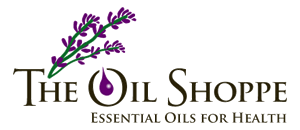Safety Tips for Using Essential Oils
The following safety precautions are guidelines only. You should consult with an aromatherapist about essential oil usage and always inform your primary care physician what you are using as they may not be conducive with his/her prescribed therapy and medications. Doing your own research is also a good idea.
Some of this is necessary legal stuff, so wade through it. If this is too much for you, be sure to see my Safety in A Nutshell down below.
1
Keep essential oils in a secure place away from children and pets.
2
3
4
5
6
7
8
9
10
11
12
Safety in a Nutshell
These are the main safety points from my point-of-view.
1
Dilute the essential oil as per instructions on the bottle. If your supplier does not give dilution instructions, see the Dilution Chart here.
2
3
That’s safety in a nutshell for me. Just keep your carrier oil handy. That fixes about anything by diluting the essential oil. Now you’re ready to use it!
All information, content and product descriptions contained within this site are for reference purposes and are not intended to substitute advice given by a pharmacist, physician or other licensed health-care professional. We do not advise you use the information contained within this Web site, or any other site for treating a health problem or disease or to make a self-diagnosis, without talking to your doctor. Actual product packaging and materials may contain different information than shown on this website. Contact your health care provider immediately if you suspect that you have a medical problem. Information and statements regarding our products/recipes/information have not been evaluated by the FDA.
